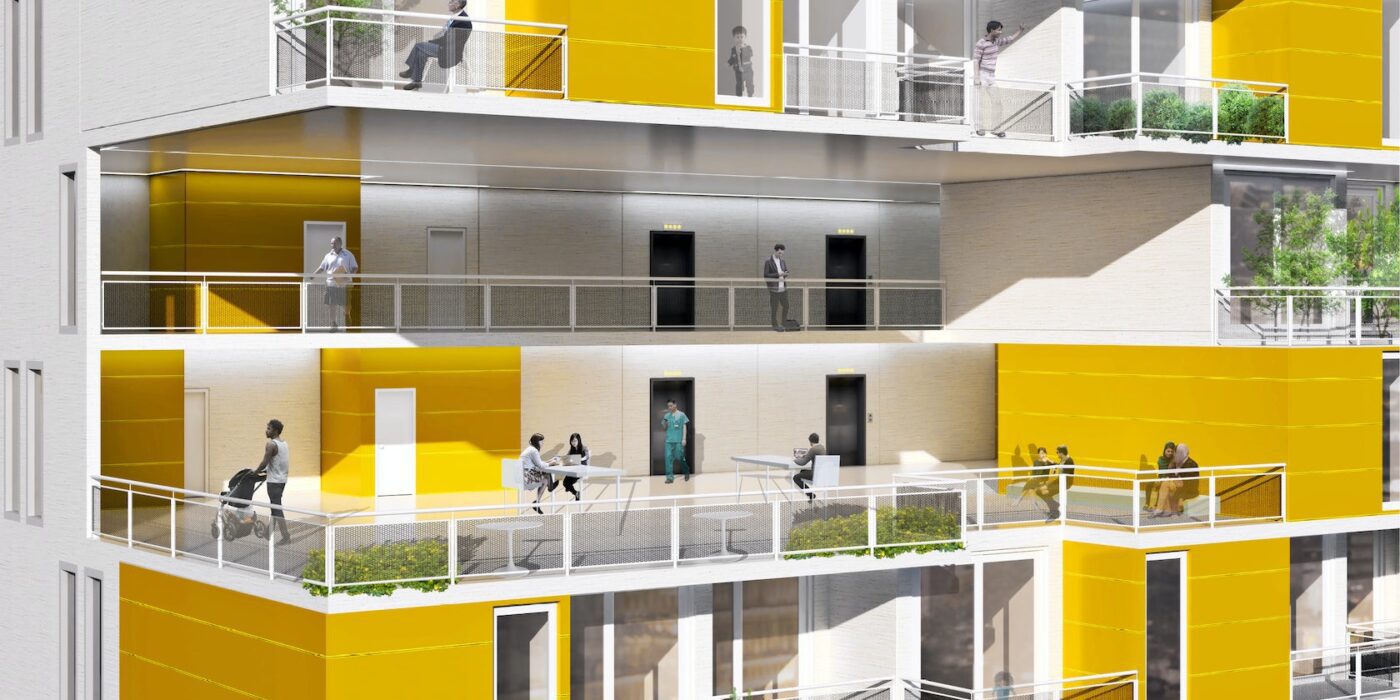Architectural Details: Adjaye Associate’s Winter Park Library Is a “Village of Knowledge”
Judging for the 11th A+Awards is now underway! While awaiting the Winners, prepare for the upcoming Architizer Vision Awards, honoring the best architectural photography, film, visualizations, drawings, models and the talented creators behind them. Learn more and register >
Great civic buildings resonate with people and place. Between vaulted rooflines and sweeping windows, the Winter Park Library in Florida was inspired both by local fauna and the region’s vernacular architecture. Adjaye Associates teamed up with HuntonBrady Architects to create a series of arched pavilions with a porous relationship between interior and exterior for the library and events center. The project’s signature rose-colored precast was brought to life through careful coordination with manufacturers and consultants to create a “village of knowledge.”

 The library’s design team aspired to establish a new civic and cultural hub on the northwest corner of Martin Luther King, Jr. Park in Winter Park, Florida. The library was made to embody the values of the park’s namesake as a space for community empowerment. Seven years in the making, the project spans 50,000 square feet across a trio of canted pavilions.
The library’s design team aspired to establish a new civic and cultural hub on the northwest corner of Martin Luther King, Jr. Park in Winter Park, Florida. The library was made to embody the values of the park’s namesake as a space for community empowerment. Seven years in the making, the project spans 50,000 square feet across a trio of canted pavilions.
The “village” includes a new two-story library, an event center with rooftop terrace, as well as a new welcome portico to unify the three structures. Each has a different scale and function, but they share a common formal language inspired by Winter Park’s extensive tree canopy.

 Arches establish the form of the pavilions, where compound, convex exterior walls are made with a series of scalloping, frond-like patterns. The volumes of the library, events center, and porte cochère come very close to touching. Hoping to draw light deep into the new library, the team created the angled exterior walls that lean outward as they rise from the base.
Arches establish the form of the pavilions, where compound, convex exterior walls are made with a series of scalloping, frond-like patterns. The volumes of the library, events center, and porte cochère come very close to touching. Hoping to draw light deep into the new library, the team created the angled exterior walls that lean outward as they rise from the base.
The rose-pigmented architectural precast concrete was developed with GATE Precast, who fabricated the complex panels framing the arched openings on each façade. The façade alludes to Florida vegetation while establishing durability in a tropical, hurricane-prone environment.
 For the precast façade, it was determined that concrete was the only cladding material that could achieve the quality and durability needed for the exterior walls. The texture, color, aggregates and concrete matrix were carefully selected for aesthetics, durability and low maintenance. The curved walls are realized with back-up framing made up of structural steel.
For the precast façade, it was determined that concrete was the only cladding material that could achieve the quality and durability needed for the exterior walls. The texture, color, aggregates and concrete matrix were carefully selected for aesthetics, durability and low maintenance. The curved walls are realized with back-up framing made up of structural steel.
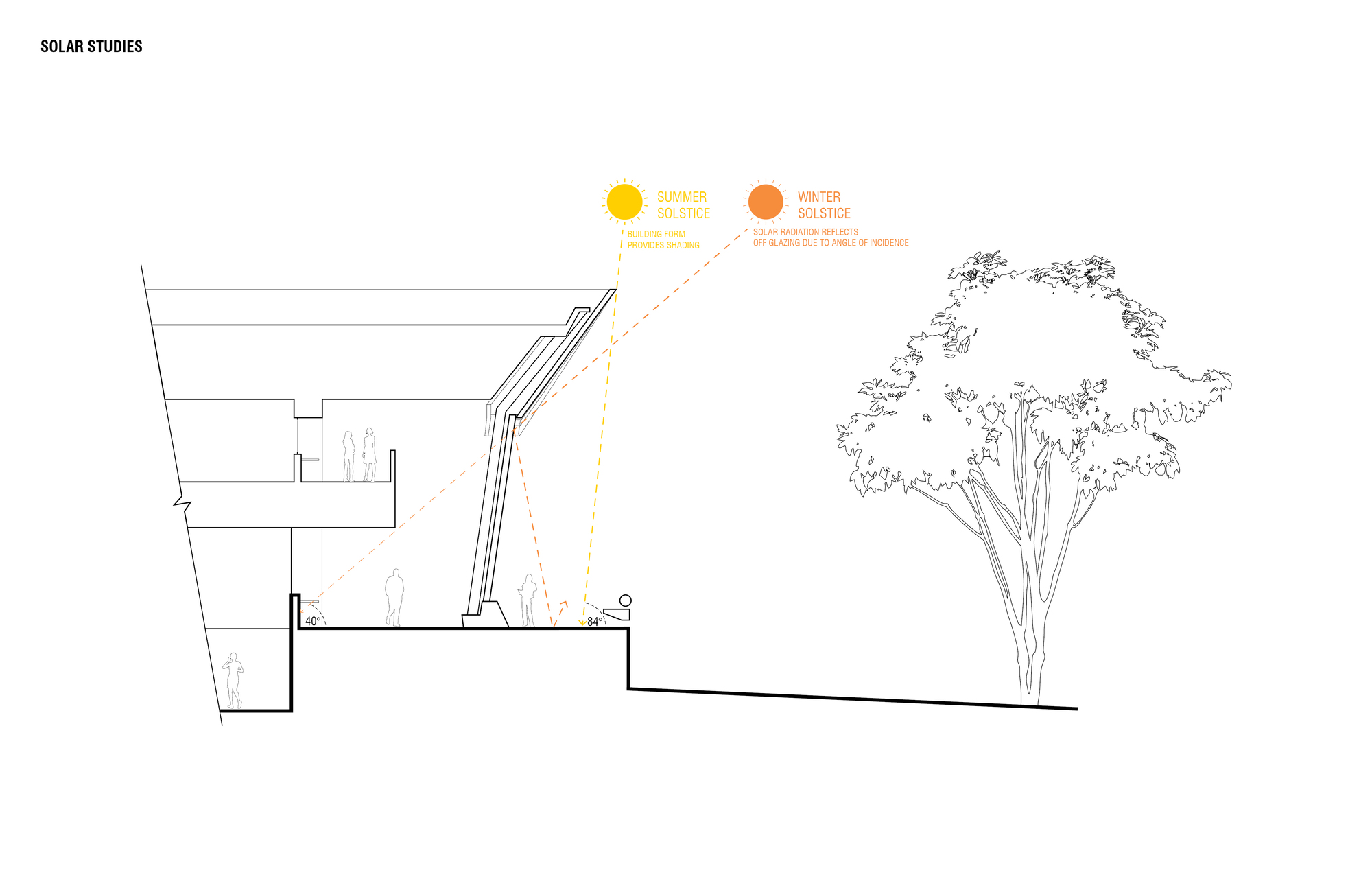 In turn, a series of sloping, arched curtainwalls in the enclosed buildings meet the curved, solid surfaces. The architects mirrored the concrete edge to create continuous seating along the curtain wall. Shallow foundations are used to support the building loads, while the elevated floor and roof are framed using structural steel beams and girders.
In turn, a series of sloping, arched curtainwalls in the enclosed buildings meet the curved, solid surfaces. The architects mirrored the concrete edge to create continuous seating along the curtain wall. Shallow foundations are used to support the building loads, while the elevated floor and roof are framed using structural steel beams and girders.

 The site’s physical constraints required efficient use of space for the buildings, the belvedere and parking. The team worked with TLC Engineering General to form the façade and the shaded indoor-outdoor spaces. They evaluated several structural and envelope systems including concrete and steel, cast-in-place concrete and precast concrete cladding.
The site’s physical constraints required efficient use of space for the buildings, the belvedere and parking. The team worked with TLC Engineering General to form the façade and the shaded indoor-outdoor spaces. They evaluated several structural and envelope systems including concrete and steel, cast-in-place concrete and precast concrete cladding.
The diverse program includes flexible floor plates for both the library and events center, maximizing adaptability for each. All three pavilions rest on a raised belvedere that provides views onto Lake Mendsen and exterior green community spaces that run between the structures.

 The library has become a place where the entire community can interact, learn and gather. Inside, open spaces are framed by four timber-lined cores that contain Winter Park’s historical and archival collection spaces, support zones, and private reading rooms. Designing with the community in mind, the event center was made with a flexible auditorium space and a rooftop terrace that offers views of the lakeside park setting.
The library has become a place where the entire community can interact, learn and gather. Inside, open spaces are framed by four timber-lined cores that contain Winter Park’s historical and archival collection spaces, support zones, and private reading rooms. Designing with the community in mind, the event center was made with a flexible auditorium space and a rooftop terrace that offers views of the lakeside park setting.
Creating parity between the civic library space and the commercially focused event center, both buildings feature a signature sculptural stair. As monumental as it is grounded in its context, the Winter Park Library and Events Center is an ensemble made possible through a diverse team with shared values. The new landmark was made possible through bold ideas and thoughtful detailing alike.
Judging for the 11th A+Awards is now underway! While awaiting the Winners, prepare for the upcoming Architizer Vision Awards, honoring the best architectural photography, film, visualizations, drawings, models and the talented creators behind them. Learn more and register >



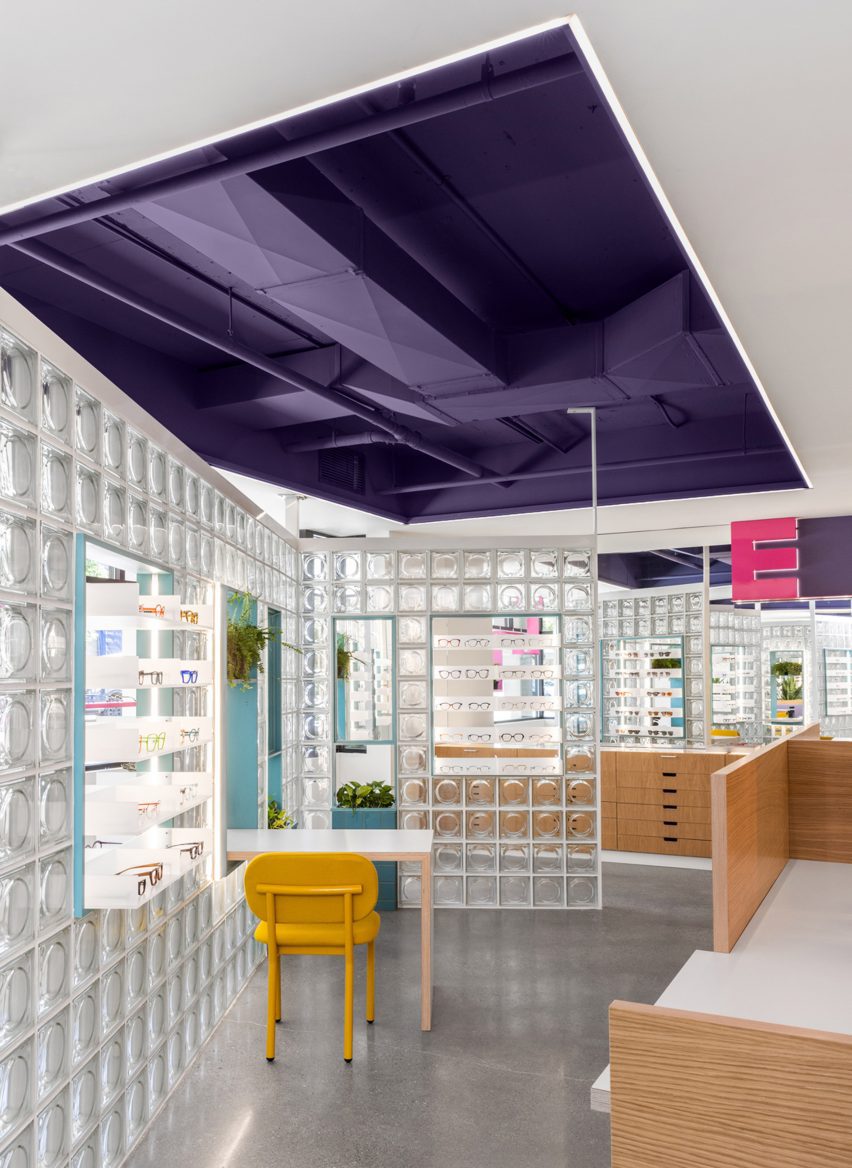




















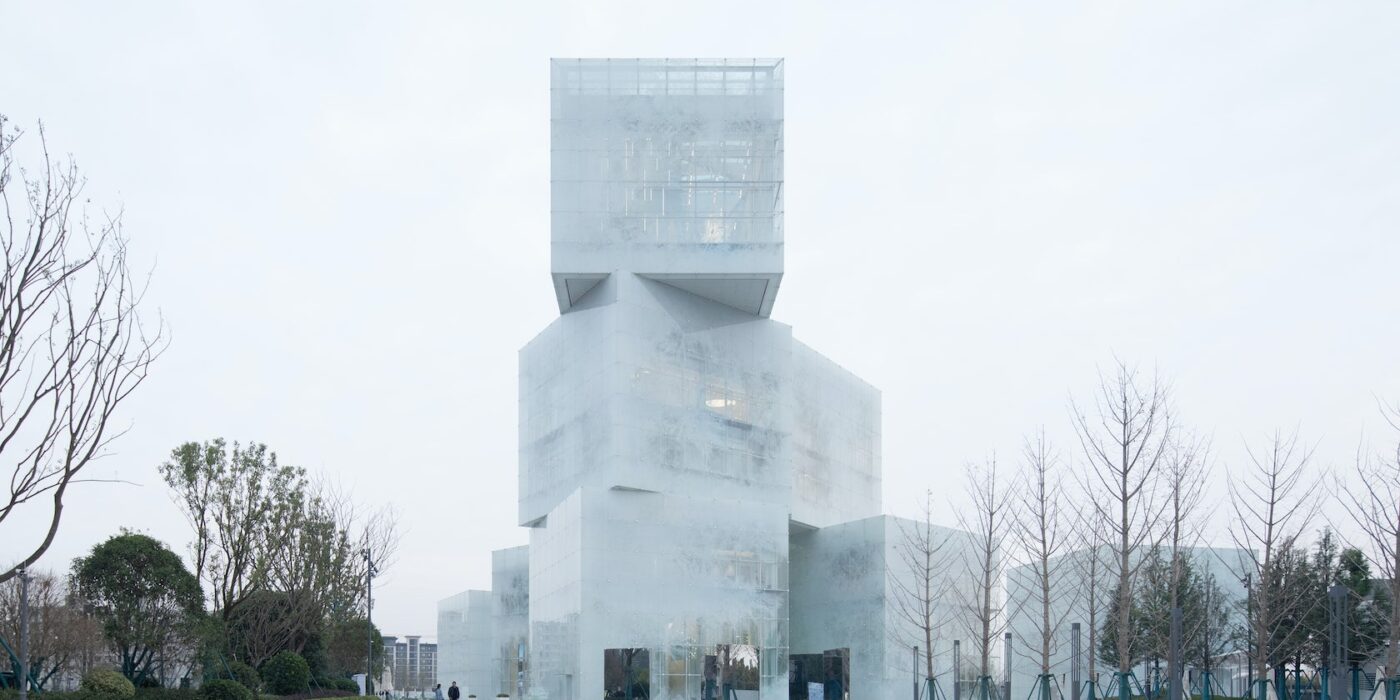





















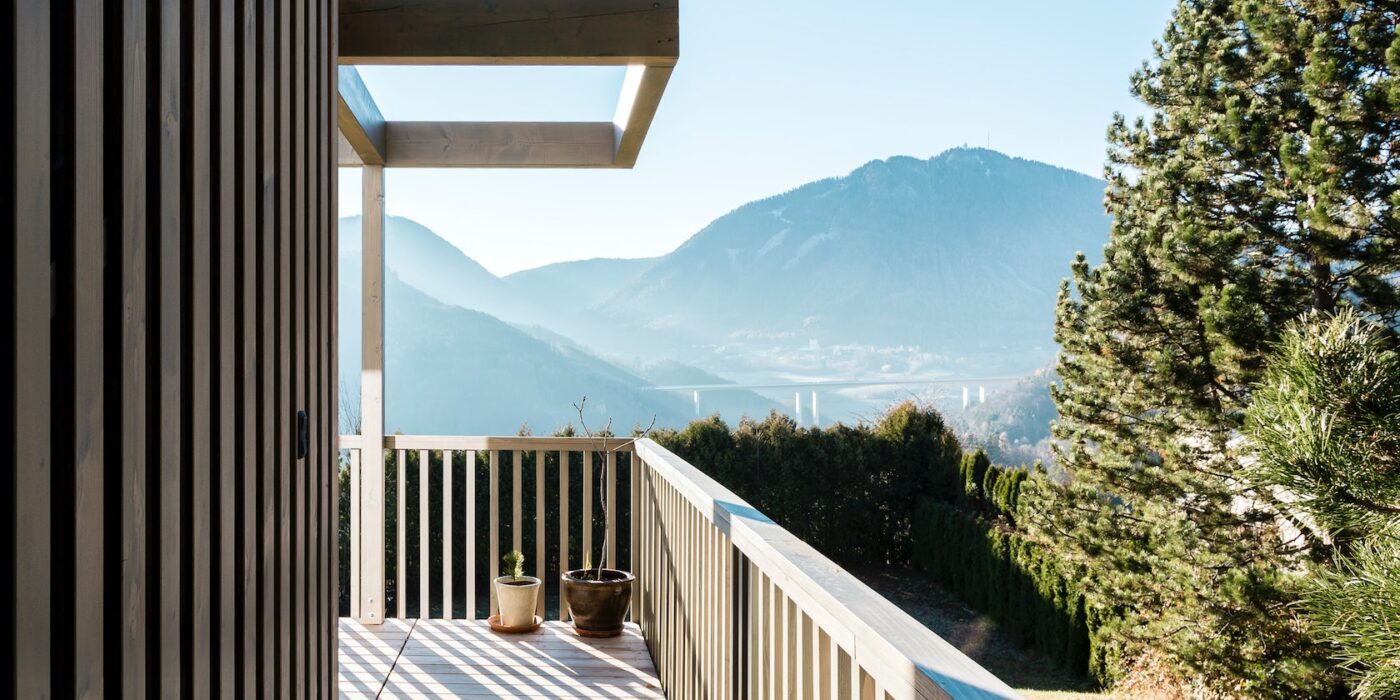












































 Architizer spoke with Tropical Forest Products about their products, their processes, and how they see their work evolving in the future.
Architizer spoke with Tropical Forest Products about their products, their processes, and how they see their work evolving in the future. Using advanced sustainable forest management techniques certified by the Forest Stewardship Council or Unfloresta, we go deep inside the forest and hand pick a limited number of trees with potential to become a piece of art in the hands of architects. Our mission is to give professionals the ability to create stunning, meaningful work that not only delights people, but that also reconnects them to nature.
Using advanced sustainable forest management techniques certified by the Forest Stewardship Council or Unfloresta, we go deep inside the forest and hand pick a limited number of trees with potential to become a piece of art in the hands of architects. Our mission is to give professionals the ability to create stunning, meaningful work that not only delights people, but that also reconnects them to nature. What makes your product unique and of great value to specifying architects?
What makes your product unique and of great value to specifying architects?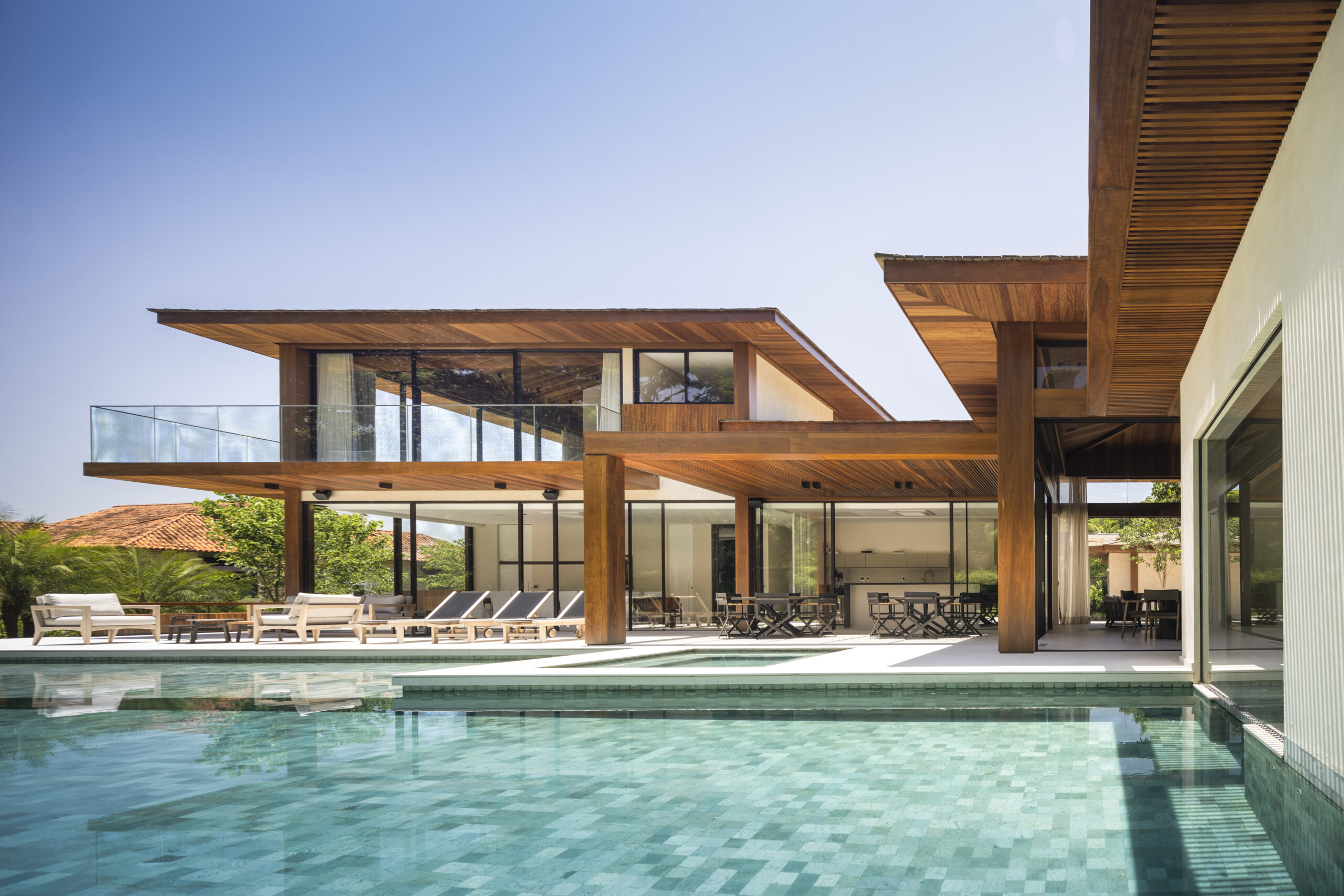 How do you see the product evolving in the future?
How do you see the product evolving in the future?